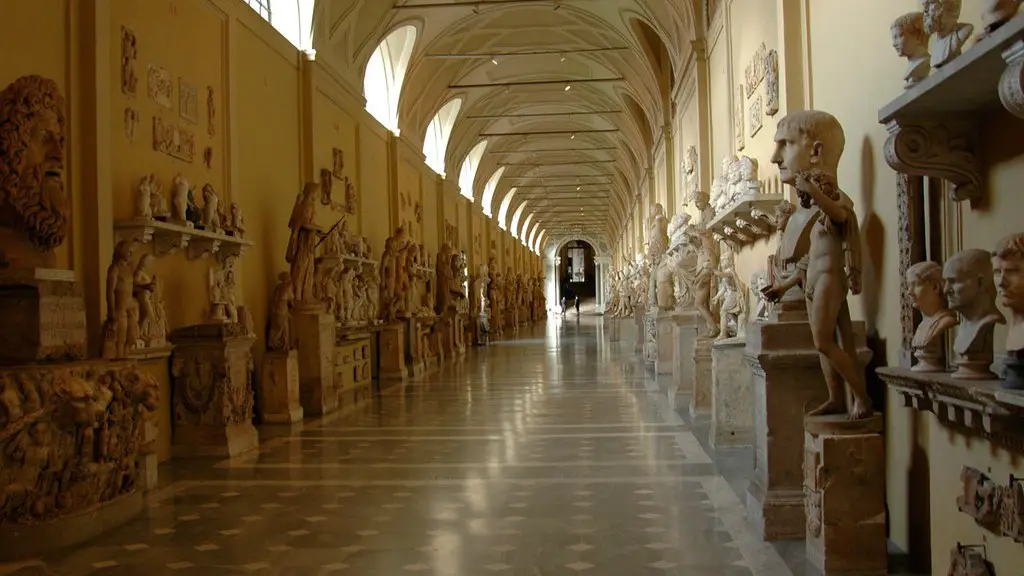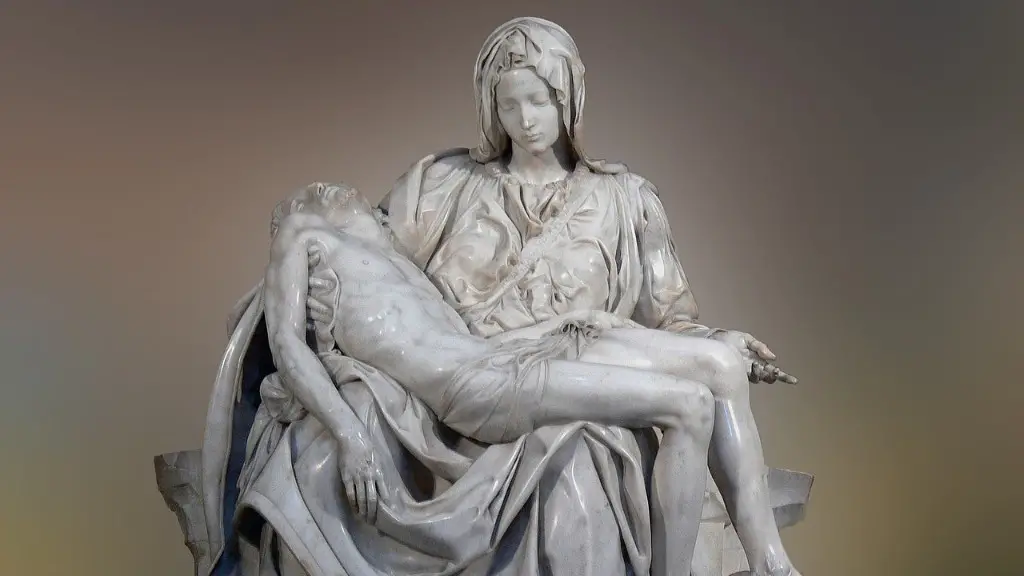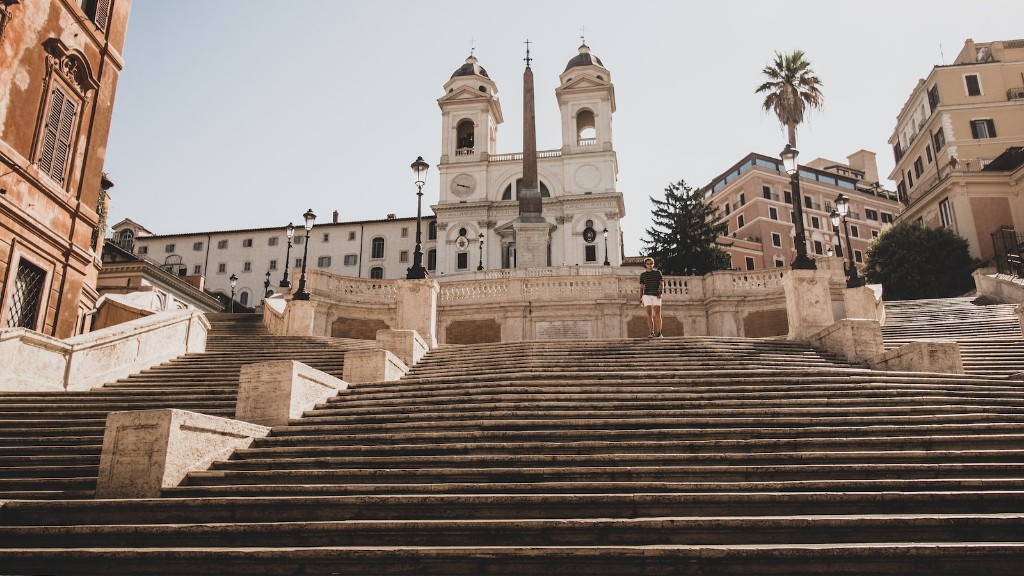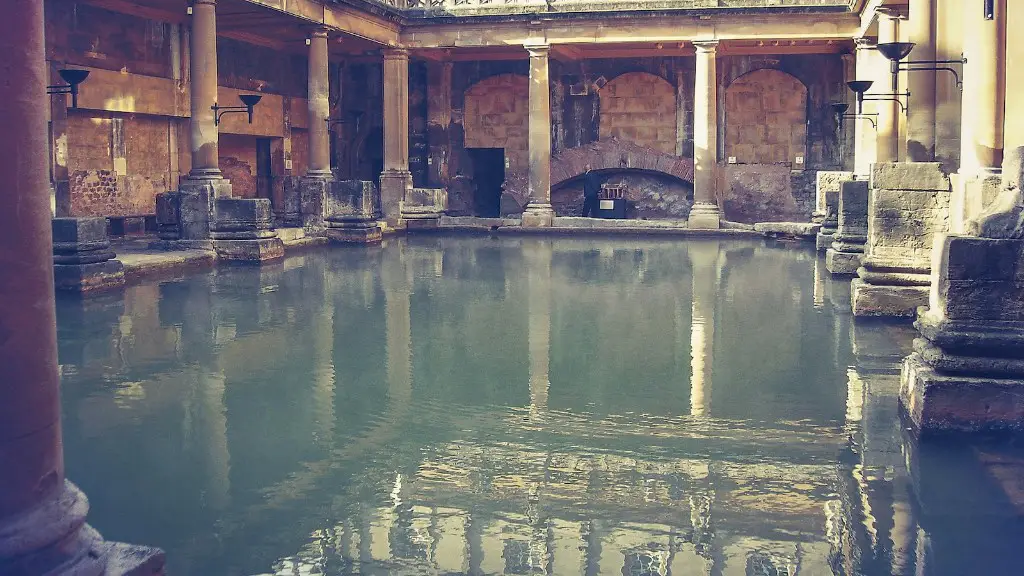In order to gain citizenship in ancient Rome, an individual had to go through a process known as the “civitas procedure.” This procedure consisted of a number of steps, including:
1) Registering with the local authorities
2) Applying for citizenship
3) Taking an oath of allegiance to the Roman state
4) Paying a fee
5) Renouncing any prior citizenship
6) Completing a period of military service
Once an individual had completed the civitas procedure, they would be granted Roman citizenship. This citizenship entitles an individual to a number of rights and privileges, including the right to vote, the right to own property, and the right to prosecute and be prosecuted in Roman courts.
There are a few ways to become a Roman citizen in ancient times. One way is to be born to a Roman citizen. Another way is to be granted citizenship by the government. A third way is to live in Rome for a certain number of years.
What was citizenship in ancient Rome?
Citizenship in ancient Rome was a privileged political and legal status afforded to free individuals with respect to laws, property, and governance. Citizenship in Ancient Rome was complex and based upon many different laws, traditions, and cultural practices.
Roman citizenship was a complex concept that varied according to one’s gender, parentage, and social status. Full citizenship could only be claimed by males. A child born of a legitimate union between citizen father and mother would acquire citizenship at birth.
How did Romans prove citizenship
In ancient Rome, there were no passports, ID cards, or other modern forms of identification. However, the Romans did have birth certificates, grants of citizenship, and military diplomata. These could all serve as proof of citizenship.
Citizenship in the Roman Empire was a changeable concept. Initially, it was limited to Romans living within Italy proper. However, the status of citizen was later extended by the government to various peoples throughout the Roman Empire as it expanded. This allowed for a greater number of people to have a say in the government and have access to certain rights and privileges.
Which Roman emperor gave citizenship?
Caracalla’s reign became notable for the Antonine Constitution (Latin: Constitutio Antoniniana), also known as the Edict of Caracalla, which granted Roman citizenship to all free men throughout the Roman Empire The edict gave all the enfranchised men Caracalla’s adopted praenomen and nomen: “Marcus Aurelius”.
Citizenship in the early days of the Republic was a reward for those who lived under the rule of law and had a vested interest in their government. The Roman government was established with the primary goal of avoiding the return of a king, and citizenship was a way to ensure that everyone had a say in how the government was run.
How did Roman citizenship evolve?
The Roman concept of the citizen evolved during the Roman Republic and changed significantly during the later Roman Empire. After the Romans freed themselves from the Etruscans, they established a republic, and all males over 15 who were descended from the original tribes of Rome became citizens.
Rome had a better citizenship system than Athens because they had less requirements to become a citizen, they were more organized, and they gave their citizens more fair rights.
Did Rome offer citizenship to conquered peoples
The expansion of Roman citizenship was a way to pacify conquered enemies and make them feel more invested in the empire. However, because voting rights were tied to physical presence in Rome, this policy did not have a major impact on the politics of the city.
The first naturalization act, passed by Congress on March 26, 1790 (1 Stat 103), provided that any free, white, adult alien, male or female, who had resided within the limits and jurisdiction of the United States for a period of 2 years was eligible for citizenship. This act was later amended by Congress in 1795 (1 Stat 414), 1802 (2 Stat 153), and 1855 (10 Stat 604).
How could Roman slaves become citizens?
Formal manumission was performed by a magistrate and gave freed men full Roman citizenship. The one exception was that they were not allowed to hold office. However, the prospect of possible freedom through manumission encouraged most slaves to be obedient and hard working. This eventually led to an increase in their social and economic status.
Roman citizens were afforded a great deal of protection under the law. They were able to own property, file lawsuits, and vote, among other things. Slaves, freedmen, foreigners, and women were not afforded the same protections and were often subject to harsh treatment by the law.
What were Roman citizens called
Plebeians were the backbone of Rome – the hard-working, everyday citizens who kept the city running. They were not wealthy, and did not have the same social status as the patricians, senators or equestrians, but they were proud of their contribution to Rome.
Lucius Septimius Severus was a Roman emperor who lived from AD 145 to 211. He was born in what is now Libya and became emperor in AD 193 after a ruthless campaign against his rivals. During his reign, he oversaw the construction of several important buildings and monuments, including the Septimian Aqueduct and the Arch of Septimius Severus. He also expanded the Roman empire into new territories, including Mesopotamia and Britannia. Severus was a skilled general and a effective ruler, but he was also known for his cruelty and brutality. After his death, his sons Caracalla and Geta ruled the empire jointly, but their relationship quickly deteriorated and ended in civil war.
Was there a black Roman emperor?
Septimius Severus was the first African-born Roman emperor. This marble statue of the ruler from Alexandria in Egypt would once have been vividly painted, and shows him in military dress. He grew up in Leptis Magna, on the coast of modern-day Libya, and moved to Rome when he was around 18.
Lucius Septimius Severus was a Roman Emperor who ruled from 193 to 211. He was the first African Emperor of Rome and is considered one of the most important figures in Roman history. After emerging victorious from a period of civil war, Severus expanded the border of the Roman Empire to new heights, ushered in a period of imperial transformation and founded a dynasty. He is remembered for his military campaigns in Britain and his building projects in Rome, which included the reconstruction of the Severan Basilica.
Who is considered the richest citizen in Ancient Rome
Marcus Licinius Crassus was a Roman general and statesman who played a key role in the transformation of the Roman Republic into the Roman Empire. He is often called “the richest man in Rome.” Crassus was a member of the so-called First Triumvirate, along with Julius Caesar and Pompey, which dominated Roman politics during the latter part of the Roman Republic.
The portoria was the primary tax in ancient Rome, imposed on goods exiting or entering the city. The size of the tax was based on the value of the item itself, and it was higher on luxurious or expensive items, but lower on basic necessities. This helped to fund the city’s many public works and services, and supported the Roman way of life.
Warp Up
There are a few ways to gain citizenship in ancient Rome. One way is to be born to a Roman citizen. Another way is to be adopted by a Roman citizen. Finally, one can serve in the Roman military for a certain number of years and then be granted citizenship.
There are a few requirements you must meet in order to gain citizenship in ancient Rome. Firstly, you must be born to a Roman parent or have been adopted by a Roman citizen. If you are born outside of Rome, you can still gain citizenship by marrying a Roman citizen or serving in the Roman military for a minimum of ten years. Lastly, you must be able to speak, read, and write Latin. Once you have met all of these requirements, you will be able to apply for citizenship and take a citizenship test.





